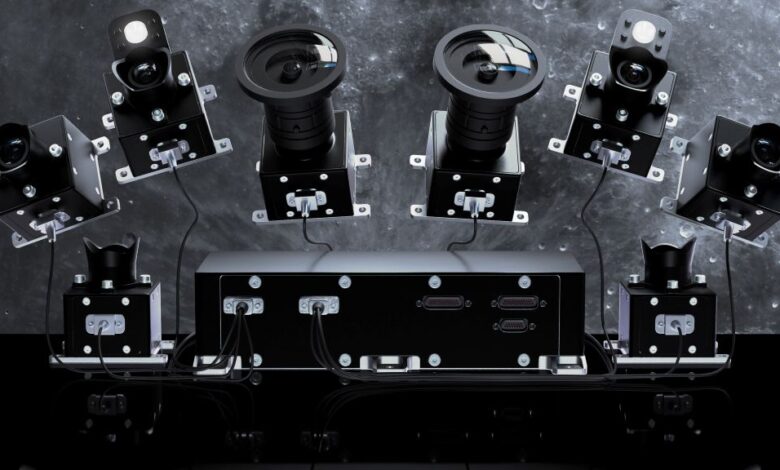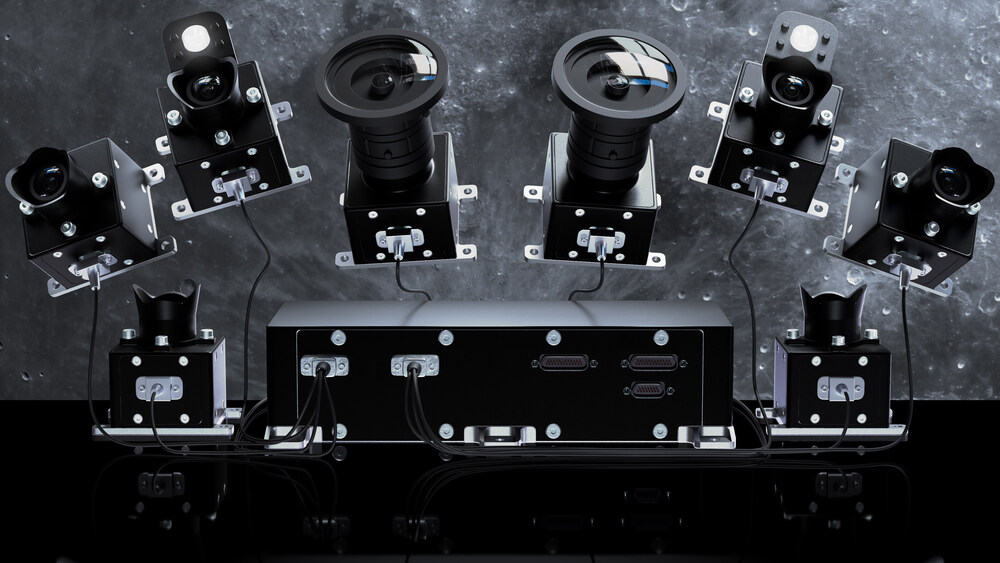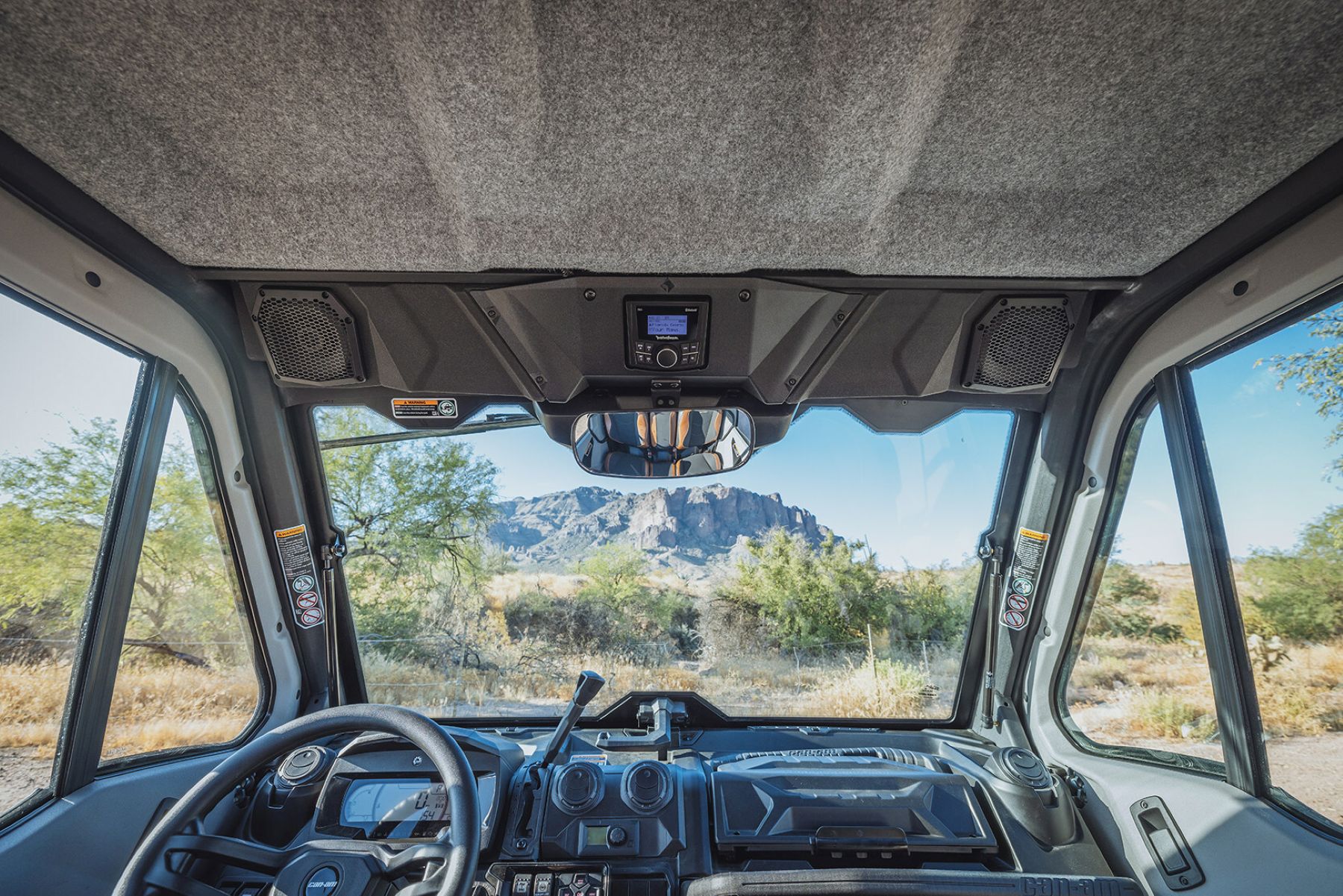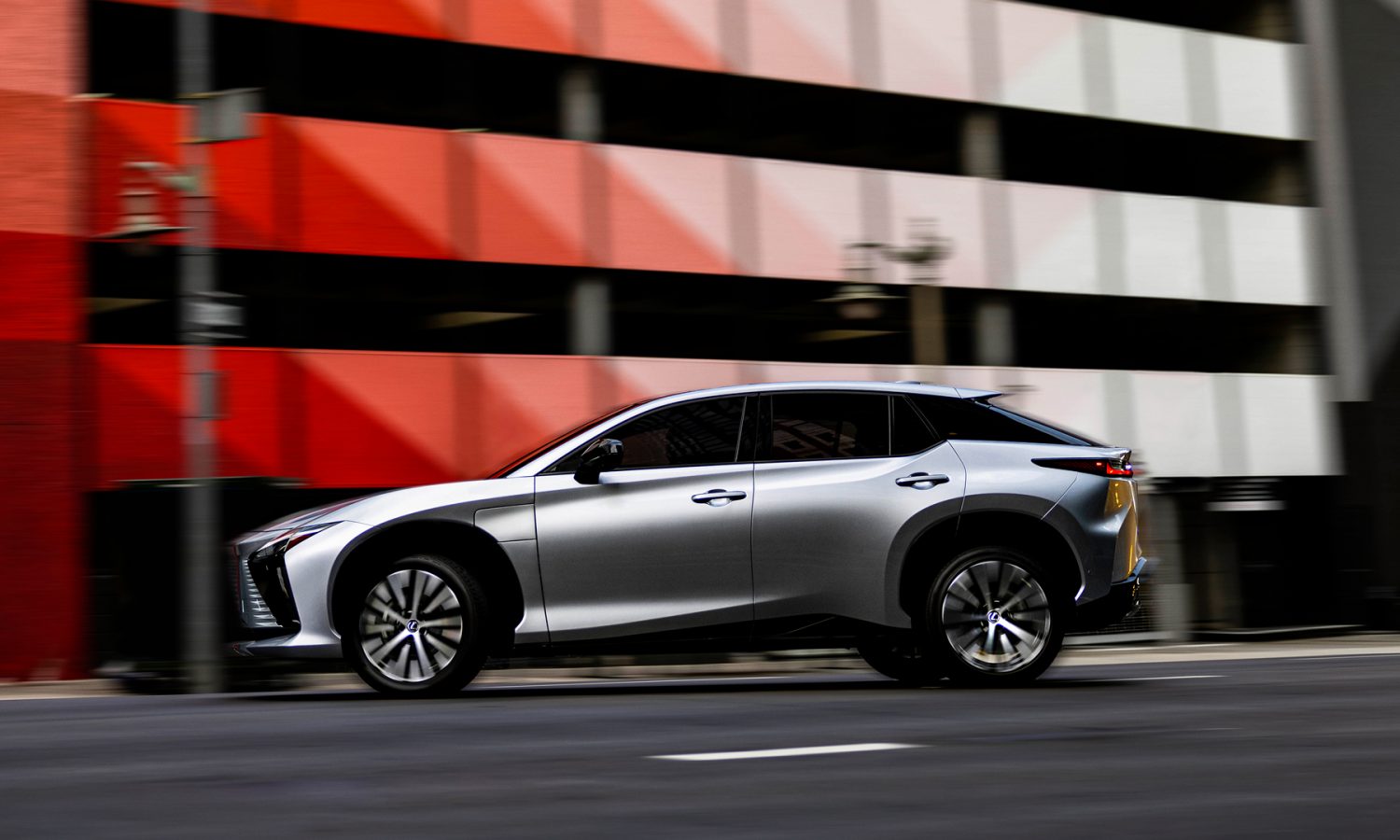Space-ng Unveils AstroVision at Silicon Valley Space Week

Space-ng is unveiling AstroVision at Silicon Valley Space Week, a computer vision solution that’s redefining spacecraft navigation by combining advanced optical sensors, high-performance neural engine processing, and machine learning algorithms using physics-based visual reasoning. AstroVision provides quaternions and state vectors from Earth orbit to the surface of the Moon absent of GPS and radio communication, supporting Alt PNT cislunar spaceflight, lunar orbit operations, and lunar landing.

Space-ng Introduces AstroVision Cis-Lunar Navigation SystemPost this
Founded by space industry veteran Steve Bailey, founder and former CEO of Deep Space Systems, and Ethan Rublee, a world-class robotics innovator and serial entrepreneur, Space-ng is on a mission to enhance autonomous operations across the solar system. Space-ng optical navigation software, set to launch on Firefly Aerospace’s Blue Ghost lunar lander in the coming months, provides terrain relative navigation, hazard detection, and attitude determination from lunar orbit to the surface.
AstroVision combines Space-ng’s expertise in vision-based navigation software with their new space-qualified hardware that includes an 8 core CPU as well as hardware acceleration including an Image Signal Processor (ISP), Digital Signal Processor (DSP), Graphics Processing Unit (GPU), and an AI/Neural Network Engine. AstroVision includes up to eight configurable high-resolution imagers, each with sensors and optics tailored to users needs, and each located up to 6 meters from the central compute unit.
Precision optical navigation is essential to address the growing number of missions that require autonomous operation in GPS-denied or GPS-absent environments. However, current solutions require costly integration of multiple sensors from various providers, consume significant spacecraft resources, and require bespoke software. AstroVision streamlines development and integration while reducing cost and complexity. The vision system provides all sky coverage eliminating the need for spacecraft maneuvers or attitude constraints in acquiring and tracking the Sun or stars.
This innovative approach to position and attitude determination uses both bright objects like the Sun, Earth, Moon and dim objects such as stars and distant planets to integrate all available information, producing a precise state vector solution without relying on conventional sun sensors, star trackers, GPS, two-way-radio ranging, or ground-in-the-loop approaches. Each of the eight AstroVision global or rolling shutter imagers comes with a user-selectable field of view, 12 Mpixel resolution, 6 Gbps bandwidth, and internal IMU, weighing in at only 150 grams apiece.
Space-ng is now taking orders for AstroVision hardware, with first flight hardware delivery in Q3 of 2025 and with EDU hardware available in Q1 2025. AstroVision hardware supports many use cases ranging from science imaging and video documentation to spacecraft automation such as rendezvous, proximity operations, manufacturing, assembly, security, and space situational awareness. As a software defined system with an open architecture model with standard APIs, the flight software may be licensed from Space-ng, a third party, or developed by the customer to suit their needs. “AstroVision represents a paradigm shift in space navigation,” says Steve Bailey. “At Space Week, we’re excited to demonstrate how redefining the spacecraft block diagram will accelerate space system development and improve system efficiency.”
AstroVision comes with hardware and software supporting each stage of the spacecraft development life cycle, including design & development, test & integration, mission operations, and overall cyber-security. This includes real time simulation, electrical ground support equipment, command and telemetry, and Over the Air (OTA) updates. Space-ng can provide dedicated support through delivery and integration, or all the way to mission success.
“Optical navigation is critical in situations where you need precise maneuvering and a GPS signal is not available”, said Will Coogan, Chief Engineer at Firefly Aerospace. “We chose Space-ng for the Blue Ghost mission to the Moon because their software provides a precision landing location on the lunar surface that avoids hazardous obstacles like rocks and craters. Space-ng provides excellent support and expertise, and we look forward to working with them for future missions to the Moon and beyond!”
To learn more about Space-ng visit www.space-ng.com, where you’ll find the answers to your most common questions and contact information on how to customize AstroVision for your mission.




